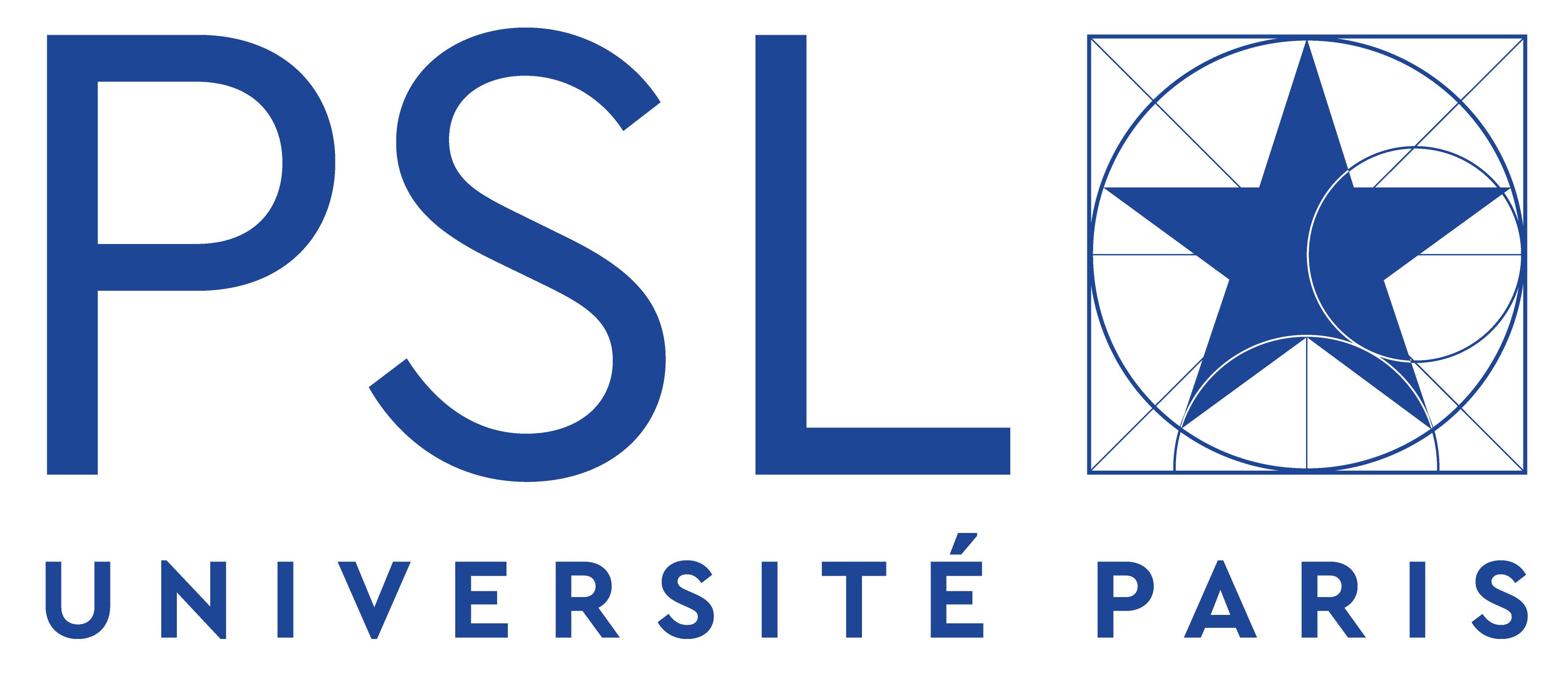Imagerie passive par corrélation de bruit
Depuis maintenant un peu moins de 20 ans, les méthodes d’imagerie passive fondées sur l’extraction des fonctions de Green ont connu un essor spectaculaire. NCIS possède une expertise unique sur ce se sujet dans des domaines d’applications très divers.
Acoustique et vibrations
Localisation de défauts
En acoustique, dans le cadre de l’ANR PASNI (collabation avec l’IEMN Valenciennes), cette méthode a été mise en oeuvre pour détecter des défauts à partir de la corrélation de bruit de vibrations de flexion.
(L. Chehami, ; J. De Rosny, C. Prada, E. Moulin, J. Assaad, "Experimental study of passive defect localization in plates using ambient noise", IEEE Trans. on UFFC.62 (8) (2015))

Localisation d’un défaut par corrélation de bruit vibratoire.
Estimation de l’épaisseur d’une plaque
Une méthode originale d’estimation de l’épaisseur d’une plaque utilisant la corrélation du bruit entre deux transducteurs concentriques a été proposée.
(Ros K. Ing, Nicolas Etaix, Alexandre Leblanc, Mathias Fink, Measurement of thickness or plate velocity using ambient vibrations, The Journal of the Acoustical Society of America 2010 127:6, EL252-EL257).

Transducteurs concentriques utilisés pour estimer passivement l’épaisseur d’une plaque.
Calibration passive
Toujours en acoustique, il a été montré qu’associé à des algorithmes de calibration de réseaux, la méthode permet une autocalibration en positions.
(Nowakowski, T., L. Daudet, and J. De Rosny "Localization of acoustic sensors from passive Green’s function estimation", J. Acoust. Soc. Am.138, no. 5 (2015)).

Reconstruction de fonction de Green par corrélation de bruit pour la calibration de réseaux acoustiques.
Sismologie
Depuis plusieurs années une collaboration forte s’est établie avec l’IPGP sur l’estimation de la cohérence d’un champ sismique (Seydoux, L., N. M. Shapiro, J. de Rosny, and M. Landes. Geophysical Research Letters 43, no. 18 (2016)).

Etude de la cohérence du champ sismique en fonction de la période de l’année.
Electromagnétisme
Plus récemment, le laboratoire s’est attaché à transposer ce concept aux ondes électromagnétiques.
Micro-ondes
En micro-ondes, en collaboration avec l’IETR de Rennes, nous avons récemment compris l’effet de l’absorption dans l’émergence des fonctions de Green.
(Green’s function retrieval and fluctuations of cross density of states in multiple-scattering media, Davy, M., M. Fink, and J. De Rosny, Green’s function retrieval and passive imaging from correlations of wideband thermal radiations, Physical Review Letters 110, no. 20 (2013))
Optique
En optique, la première observation de l’émergence de la fonction de Green entre deux diffuseurs a été obtenue à l’aide d’un dispositif interférométrique et d’une illumination incohérente sur un milieu multiplement diffuseur.
(Amaury Badon, Geoffroy Lerosey, Albert C. Boccara, Mathias Fink, and Alexandre Aubry, Retrieving Time-Dependent Green’s Functions in Optics with Low-Coherence Interferometry, Phys. Rev. Lett. 114, 023901 (2015))

Dispositif optique pour estimer les corrélations de bruit.
Plus récemment, la méthode a permis de réaliser une cartographie passive de la constante de diffusion.
(Amaury Badon, Dayan Li, Geoffroy Lerosey, A. Claude Boccara, Mathias Fink, and Alexandre Aubry, Spatio-temporal imaging of light transport in highly scattering media under white light illumination, Optica Vol. 3, 11, 1160-66,2016)
Théorie
Sur le plan, théorique, une avancée significative a été menée sur la compréhension de l’émergence de la fonction de Green en milieux diffus fondée sur l’approche diagrammatique de diffusion multiple (Green’s function retrieval and fluctuations of cross density of states in multiple-scattering media, J. De Rosny, M. Davy, EPL - Europhysics Letters, 2014, 106 (5), pp.54004)









